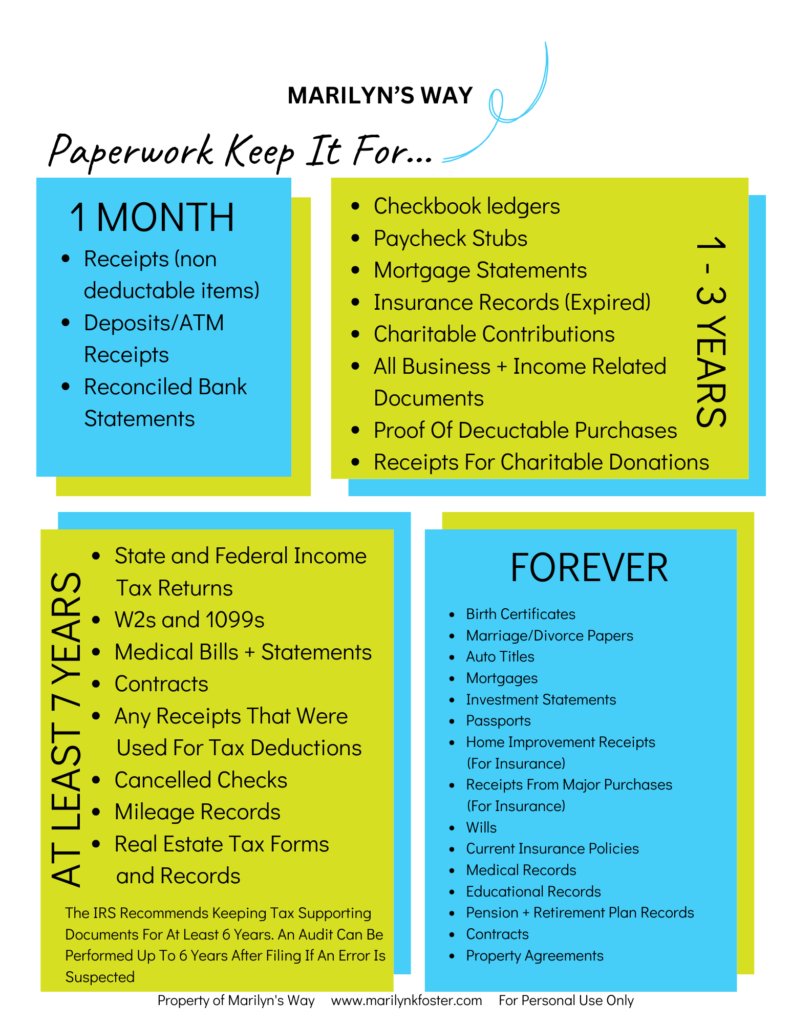5 Essential Steps to Create a D&D Character Sheet in Excel

In the realm of Dungeons & Dragons, character sheets serve as the backbone of the player's experience, allowing them to record and track all the vital statistics, abilities, and histories of their characters. While traditional paper sheets are widely used, digital options, especially spreadsheets like Excel, offer flexibility, automation, and preservation. If you're looking to create a D&D character sheet in Excel, here are five essential steps to guide you through the process:
Step 1: Planning Your Layout

Before diving into Excel, it’s crucial to plan out what information you want to include:
- Basic Information: Name, race, class, level, experience points.
- Stats: Ability scores, modifiers, saving throws, and proficiency bonuses.
- Inventory: Weapons, armor, magic items, and coin purse.
- Abilities and Spells: Known spells, spell slots, class features.
- Health, Hit Points, and Conditions: Current HP, max HP, temporary HP, and any ongoing conditions or effects.
- Character Backstory: A brief bio, alignment, and personality traits.
📝 Note: Keep in mind that your character sheet should reflect your playstyle; you might want to include sections for tracking inspiration, bonds, or any homebrew elements specific to your campaign.
Step 2: Setting Up the Excel Sheet

Now, start with a new Excel workbook:
- Go to Excel and create a new, blank workbook.
- Think about the layout. You might prefer:
- A tabbed approach where each section has its own sheet.
- A single-page layout with various sections separated visually.
- Merge cells to create headers for each section. For example, merge A1:F1 for “Basic Information”.
- Use borders to separate different sections for clarity.
Step 3: Formatting Cells and Adding Formulas

Here’s where Excel shines:
- Ability Scores: Set up cells to automatically calculate modifiers from ability scores. For example, the formula for a character’s Strength modifier could be:
=INT((B2-10)/2), where B2 contains the Strength score. - Hit Points: Use a formula to adjust current HP, like:
=MaxHP-C15where C15 might be the damage taken. - Formatting: Utilize conditional formatting for things like low health (red text when HP is below 25% of max) or proficiency bonuses.
🧰 Note: To ensure a user-friendly experience, test all formulas extensively to make sure they update correctly and avoid any circular references that could mess up calculations.
Step 4: Customizing for Your Campaign

Every D&D game is unique, and your character sheet can be customized to fit:
- Adjust sections to include campaign-specific rules or homebrew content.
- Use conditional formatting or macros to automate processes like leveling up or adding experience.
- Add dropdown lists or checkboxes for quickly tracking inventory, spells, or class features.
Here’s an example of a table for spell slots:
| Spell Level | Spell Slots |
|---|---|
| 1st | |
| 2nd | |
| 3rd |

Step 5: Finalizing and Sharing

After creating and customizing your character sheet:
- Perform a thorough review to ensure all formulas work as intended.
- Save a copy of the file in cloud storage for easy access during your D&D sessions.
- Consider sharing your sheet with your Dungeon Master for approval or integration into campaign management tools.
Creating a D&D character sheet in Excel not only provides a dynamic and personalized tool for your gameplay but also can be a fun and creative project in itself. The ability to automate calculations, customize sections to fit your campaign's unique elements, and easily share or back up your character information makes Excel a powerful choice for D&D players looking for digital solutions. Remember, your character sheet is a living document that evolves with your character, so keep updating and refining it as your D&D journey continues.
Can I use formulas for complex calculations?

+
Yes, Excel is excellent for complex calculations. You can use formulas like VLOOKUP, IF statements, and conditional logic to automate many aspects of character management.
How can I make my Excel character sheet more mobile-friendly?

+
Consider using Excel’s mobile app or exporting your sheet to Google Sheets for cloud access. Also, simplify the layout for easier viewing on smaller screens.
What should I do if I want to share my character sheet with my Dungeon Master?

+
You can save your Excel file to cloud services like Dropbox or Google Drive, then share the link with your DM. Alternatively, export your sheet as a PDF for easier viewing.



